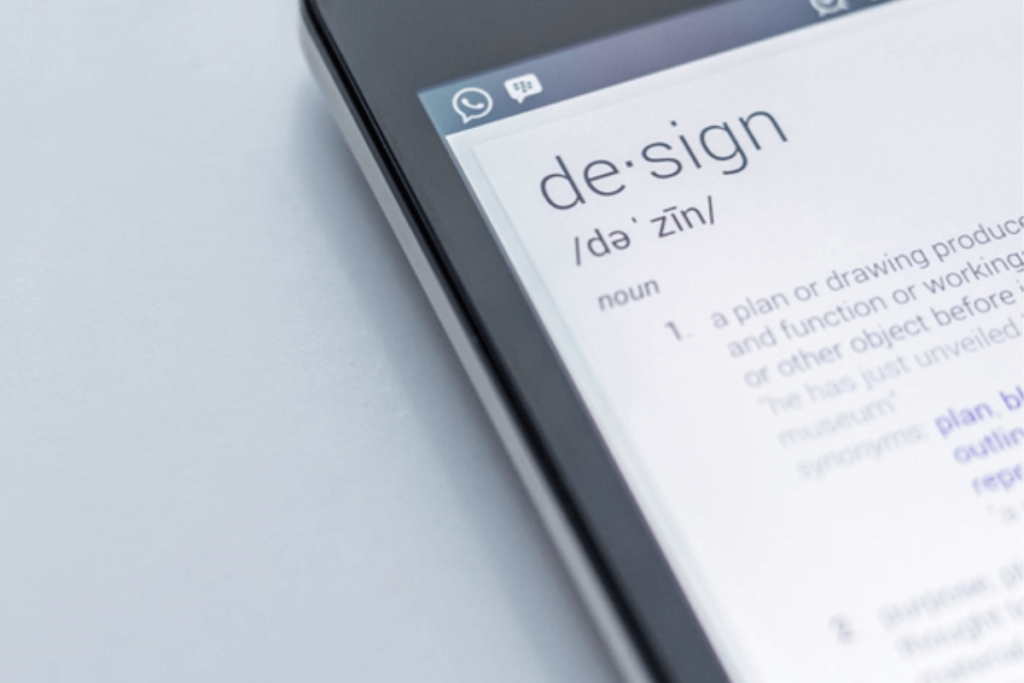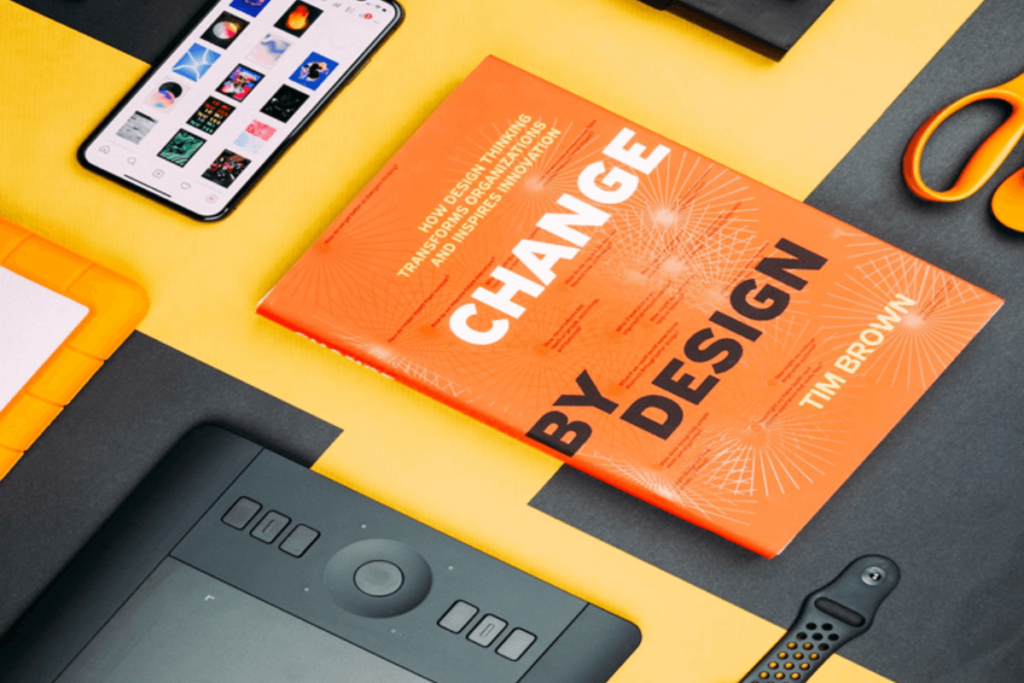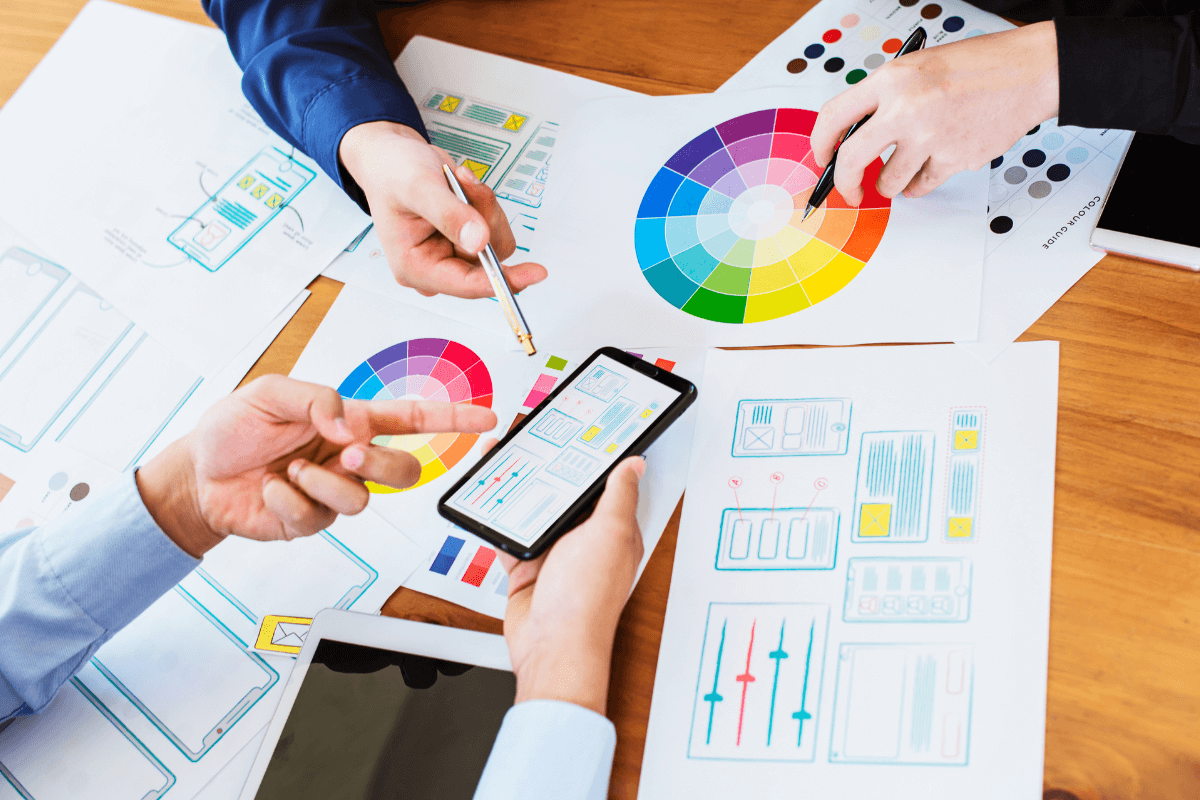User-centered design
User-centered design (UCD) is a process used in the design of user interfaces to ensure that the resulting product is easy to use and meets the needs of the people who will be using it. The UCD process involves four essential steps:
- Define the user’s needs and goals.
- Identify the tasks the user needs to be able to do.
- Design the interface.
- Test the design with users.
User-centered design is an iterative process, which means that designers will often go through all four steps several times before they arrive at a final design.

Simple and intuitive design
The second of the top five UX design principles is one that should be applied throughout the design process; create a solution that is both simple and intuitive. This can be achieved by using familiar user interface elements and established design patterns. When users don’t need to remember the details of what they are doing, they can focus on their task.
The key to creating simple and intuitive design is to make sure it is not overly complex. Designers should assess the interface and determine if there are redundant steps, unnecessary features, and too many choices. If the answer is yes to any of these, then the design should be simplified.
Think of the KISS principle (Keep It Simple, Stupid!) and seek ways to create an interface that is easily navigable and simple. Users should be able to complete their tasks without too much effort or confusion. If a design is overly complex, it can lead to frustration, abandonment, and an overall poor user experience.

Engaging and interactive design
The third of the top 5 UX design principles focuses on engaging and interactive design. This is especially important in today’s digital world, where users are constantly bombarded with information and choices. A successful design must be able to engage and captivate users, while also being simple and intuitive.
Designers should strive to create an interactive experience by allowing users to act and experience the design, ensuring that their journey stays engaging and enjoyable. This can be achieved through the use of animations, dynamic content, and interactive elements such as menus, buttons, and forms.
Engaging and interactive design also allows designers to craft experiences tailored to a particular user’s needs and wants. This can be a powerful way to make sure users are getting the most out of their experience. By offering users more control over the design, they can more easily interact and engage with it.

Memorable and recognizable design
Another of the top 5 UX design principles is to create memorable and recognizable design. This principle has its roots in some of the earliest principles of graphic design. Good design should be consistent and recognizable, so users can recognize and remember it at a glance. This usually involves a certain degree of repetition, as well as repeating elements to give the design a consistent feel.
For example, the use of bold colors and simple shapes help create a memorable design.

Consistent and reliable design
The final UX design principles is to create a consistent and reliable design. Consistency helps users quickly understand the navigation and structure of a design as they know they’ll find the same elements in every page. This helps them in completing tasks quickly and easily.
For example, if a menu is on the left side of a page and on the top of another page, the user can easily find the menu wherever it is located and be assured that the menu will be on all the subsequent pages.
It is also important for the designs to be reliable. This means that the design should behave predictably in order to help users feel secure in completing their tasks. Unexpected results can discourage users from using the product and make them feel frustrated.







